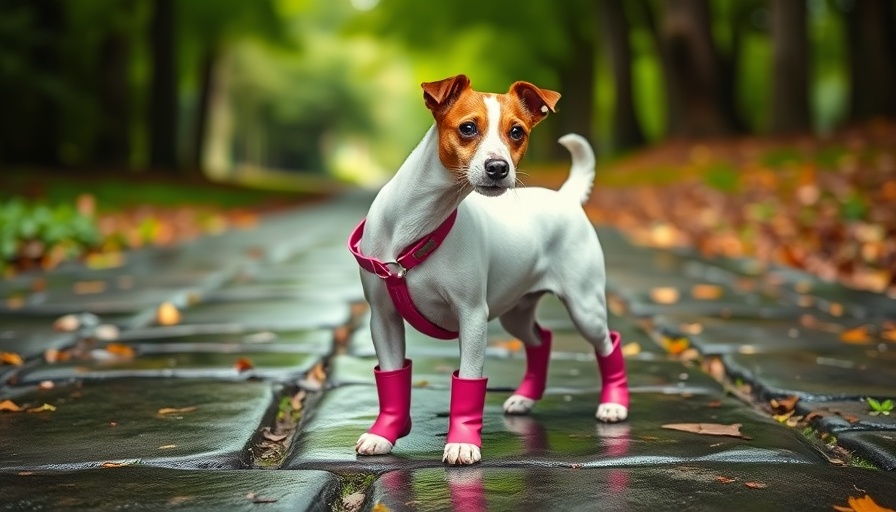
Why Dressing Up Your Pets Can Be Dangerous
In recent years, pet fashion has exploded, leading to a multitude of animal accessories, from colorful bow ties to elaborate costumes. Many pet owners might think adorning their furry friends is harmless fun, but experts are now warning that this trend can be concerning for our pets' health and well-being.
The Anthropomorphization of Pets
At the heart of this dressing-up phenomenon is a psychological trend known as anthropomorphization—attributing human characteristics to animals. While it’s natural to form strong emotional bonds with our pets, turning them into extensions of our personal style poses risks. Animals are inherently different from humans, and their comfort levels often do not align with our aesthetic desires. This disconnection can lead to stress reactions, anxiety, and even behavioral issues as pets are forced to endure accessories that they do not understand or appreciate.
Health Risks of Pet Accessories
Experts caution that certain fashion choices, particularly those that inhibit movement or cause discomfort, can lead to physical health issues. For instance, tight collars or harnesses can irritate skin or cause respiratory problems. Additionally, accessories like sunglasses and hats can obstruct a pet's vision and affect their natural behavior. Animals rely heavily on their senses, and any obstruction can lead to confusion and anxiety.
Why Some Pet Owners Ignore Warnings
Despite clear warnings from veterinarians, many pet owners continue to dress their animals. This trend often aligns with a desire to showcase social status or fit into cultural norms surrounding pet ownership. But what does it say about our responsibilities as custodians of these animals? Prioritizing aesthetics over comfort does not reflect a loving bond. Instead, it can highlight a lack of understanding regarding our pets' needs. The responsibility lies with us, the owners, to educate ourselves about healthy practices in pet care.
How You Can Keep Your Pets Comfortable
So what’s the alternative? Opt for options that prioritize comfort and well-being. Instead of costumes, consider practical items, such as a cooling vest that can help your pet stay comfortable during hot weather. Offering your pet a safe space to relax without props can foster their individuality and comfort. Always consult your veterinarian if you're considering any accessories to ensure what's best for your pet.
Making Thoughtful Choices for Your Pets
Ultimately, the love we show our pets should not be defined by how they look, but by how we care for their well-being. Fostering an environment that respects their natural state is essential. Going beyond external appearances can enrich our relationships with our pets and ensure they lead happy, healthy lives.
Encouraging Responsible Pet Ownership
For pet owners, the takeaway is clear: While it might be tempting to dress our animals in trendy accessories, it's crucial to consider their psychological and physical comfort first. By understanding the realities of pet health, we can provide a kinder and healthier living situation for our furry friends.
Conclusion: A Call for Caring Choices
Next time you consider dressing your pet, pause and evaluate whether it enhances their happiness or simply serves your stylistic whims. Our devotion to our pets should transcend the superficial; their well-being truly defines responsible ownership. Let's embrace a culture where being fashionable for pets doesn't come at the cost of their health.
 Add Row
Add Row  Add
Add 




Write A Comment